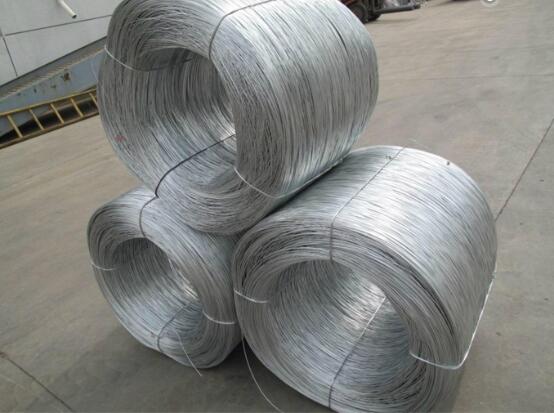Exploring Perforated Aluminum Panels Applications, Benefits, and Aesthetic Appeal
Perforated aluminum panels have become increasingly popular in various architectural and design applications due to their unique properties and versatility. These panels, characterized by their array of holes or slots, not only offer aesthetic advantages but also serve functional purposes in construction and design. This article delves into the advantages, applications, and the overall significance of perforated aluminum panels in contemporary settings.
Understanding Perforated Aluminum Panels
Perforated aluminum panels are created by puncturing holes into aluminum sheets, resulting in a lightweight and durable material. The perforation can vary in size, shape, and spacing, allowing for a wide range of customizable designs. This versatility makes aluminum panels ideal for enhancing both interior and exterior environments.
Applications in Architecture and Design
The applications of perforated aluminum panels are diverse, ranging from facade systems on commercial buildings to interior design elements in residential projects. One of the most prominent uses of these panels is within architectural facades, where they serve both aesthetic and functional roles. The perforations allow for ventilation and natural light while maintaining privacy for occupants. This is especially beneficial in urban environments where tall buildings tend to limit light availability.
In addition to facades, these panels are commonly employed in sun shading systems. Architects strategically place them to regulate solar heat gain, enhancing energy efficiency in buildings. By reducing glare and controlling the temperature within spaces, perforated aluminum panels contribute to sustainability efforts and lower energy consumption.
Benefits of Using Perforated Aluminum Panels
perforated aluminum panels

1. Lightweight yet Durable One of the main advantages of aluminum is its lightweight nature combined with superb durability. Perforated panels are easy to transport and install, making them ideal for a wide range of construction applications. Despite being lightweight, they maintain high structural integrity, resisting corrosion and weathering over time.
2. Aesthetic Versatility The customizable nature of perforated patterns allows architects and designers to create unique designs that reflect their creative vision. Whether it’s a modern minimalist approach or a more intricate decorative motif, perforated aluminum panels can be tailored to meet specific aesthetic requirements.
3. Acoustic Performance Perforated panels can also enhance the acoustic performance of a space. The holes allow sound waves to pass through, reducing noise levels and creating a more pleasant auditory environment. This property makes them particularly valuable in public spaces, auditoriums, and offices where sound quality is essential.
4. Eco-Friendly Aluminum is a recyclable material, making the use of perforated aluminum panels a sustainable choice. The longevity of aluminum products, combined with their recyclability, contributes to reduced environmental impact, aligning with modern ecological standards.
5. Design Flexibility These panels can be used in various configurations, from walls and ceilings to partitions. Their adaptability ensures that they can fit into nearly any space, regardless of size or layout, making them a favorite among designers.
Conclusion
Perforated aluminum panels encapsulate the intersection of functionality and aesthetic appeal in modern architecture. With their multitude of benefits, from energy efficiency to sound attenuation, they are increasingly becoming a staple in both commercial and residential applications. As design trends evolve and the demand for sustainable materials grows, the role of perforated aluminum panels is bound to expand even further.
In summary, whether used for their unique aesthetic qualities or their practical benefits, perforated aluminum panels offer an innovative solution that facilitates a blend of artistic expression and functional performance. As architects and designers continue to push the boundaries of creative design, perforated aluminum panels will undoubtedly play a crucial role in shaping the environments of tomorrow.

















